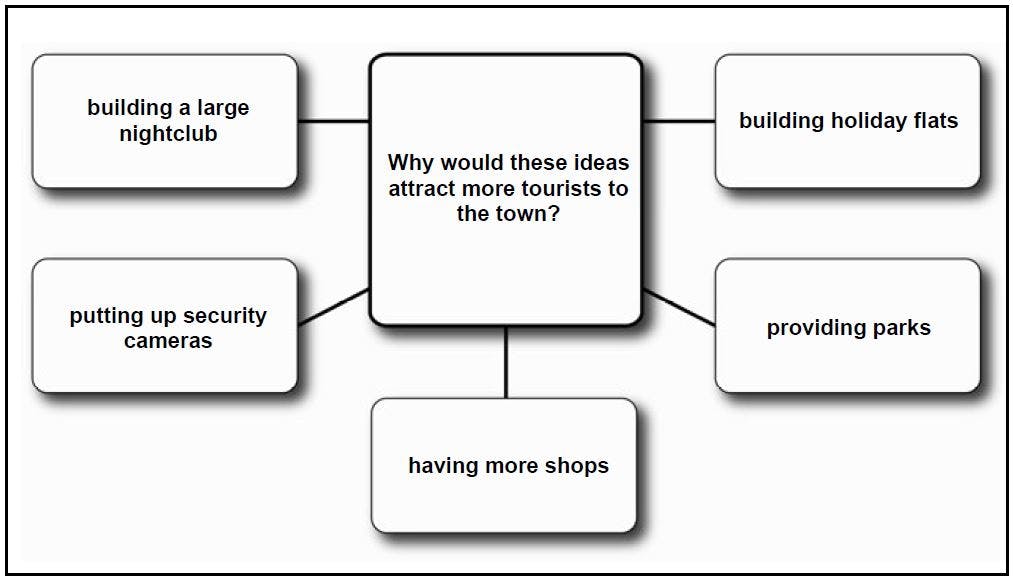Tips – Instant messaging (IM) activities
Try these practical tips for using instant messaging with your learners.

Use a free, online, instant messaging app such as WeChat, WhatsApp, or a discussion thread set up in Slack to provide communication and exam practice opportunities for learners. You’ll need to set up an instant messaging group for the class or for smaller groups of learners for each of these activities.
If you are working with children under the age of 18, we recommend that you check your institution's e-safety policy before using any online digital tools. We also recommend that you discuss e-safety regularly with your learners. Here are some links to useful resources: NSPCC, Common Sense Education, TES, BBC.
Interaction through free chat
Encourage students to interact with each other through written discourse, and practise writing skills, editing skills and quick responses.
At the beginning of class ask learners to choose a topic they are interested in, for example food, films, music, TV, travel. Let learners chat freely about the topic on the instant messaging app by asking and answering questions with each other. Prompt learners to share ideas and opinions about what they like and don’t like about the chosen topic. Make sure you are also a member of the group so that you can monitor the interaction and motivate learners, and keep the momentum going by interacting where necessary.
Practise skills for Cambridge English Speaking exams
Help learners develop turn-taking skills and generate ideas and vocabulary for interactive turn-taking tasks in the Cambridge English Speaking exams.
Send a screen shot of a picture or diagram used in the interactive turn-taking task in your chosen Cambridge English Speaking exam. Encourage learners to first brainstorm ideas and vocabulary related to the topic and then practise the exam task in an instant messaging group. Here is an example diagram from a Cambridge English: First sample Speaking paper (CEFR B2):

This is an effective way of ensuring learners have a copy of target language and key vocabulary for the Speaking test – they’re less likely to lose their phones than to lose notes in a notebook or on a piece of paper!
Synonym race vocabulary revision
Help learners build their vocabulary, discover synonyms for words they use regularly and develop their paraphrasing skills.
Choose a selection of high-frequency words that your learners use, for example: like, good, bad. Post these words in the instant messaging group one by one. Learners then think of, or use an online dictionary to find and write a synonym as quickly as they can, spelling it correctly! Learners can work in groups, pairs or individually depending on the size of the class. A point can be awarded for the first answer with an additional point if the synonym is spelled correctly. Depending on the level you can extend this activity to ask learners to write sentences using their synonyms correctly.
Essay structure practice
Practise the standard structure for a short piece of writing: introduction, body (development of argument), conclusion; and diagnose language weaknesses for future work.
Play a suitable, short video clip about a chosen topic, e.g. BBC Learning Zone, YouTube, and give learners some questions to help them think about the content. Learners use their answers to these questions to write a short summary of 150 words with three clear sections: introduction, body and conclusion.
Learners then write their summaries in the instant messaging group, read each other’s work, and compare their ideas via the instant messaging chat, or during class time. If this is set as a homework assignment, learners have the freedom to manage their time and complete the task when it is convenient for them, but make sure you set a deadline and give instructions to make sure learners know how and when to complete the task.
